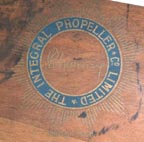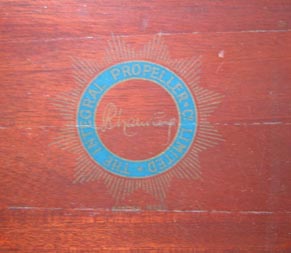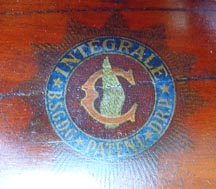Dear Dave and Bob
I'm getting a bit confused by the seemingly interchangeable use of Integrale and Integral when describing Chauviere and IPC props.
I'm familiar, perhaps obviously, with Chauviere and his Integrale business - but why refer to IPC items as Integrale; when the decals plainly show Integral (no 'e') and the company was based in Hendon, North of London?
I assume the obvious answer is that IPC (GB) was a wholly-owned subsidiary of Integrale (France); and I'd be grateful for confirmation.
You may also be interested in the following links. They are early Patents for Lucien Chauviere (1908/ 1910) that I found while trying to get to the bottom of this myself.
http://v3.espacenet.com/textdoc?DB=E...B191106167&F=0
http://v3.espacenet.com/textdoc?DB=E...B190927545&F=0
He has a couple more in there too if you do a (quick) search for Chauviere under 'people and organisations'.
Best wishes,
Grovetown.
I'm getting a bit confused by the seemingly interchangeable use of Integrale and Integral when describing Chauviere and IPC props.
I'm familiar, perhaps obviously, with Chauviere and his Integrale business - but why refer to IPC items as Integrale; when the decals plainly show Integral (no 'e') and the company was based in Hendon, North of London?
I assume the obvious answer is that IPC (GB) was a wholly-owned subsidiary of Integrale (France); and I'd be grateful for confirmation.
You may also be interested in the following links. They are early Patents for Lucien Chauviere (1908/ 1910) that I found while trying to get to the bottom of this myself.
http://v3.espacenet.com/textdoc?DB=E...B191106167&F=0
http://v3.espacenet.com/textdoc?DB=E...B190927545&F=0
He has a couple more in there too if you do a (quick) search for Chauviere under 'people and organisations'.
Best wishes,
Grovetown.







Comment